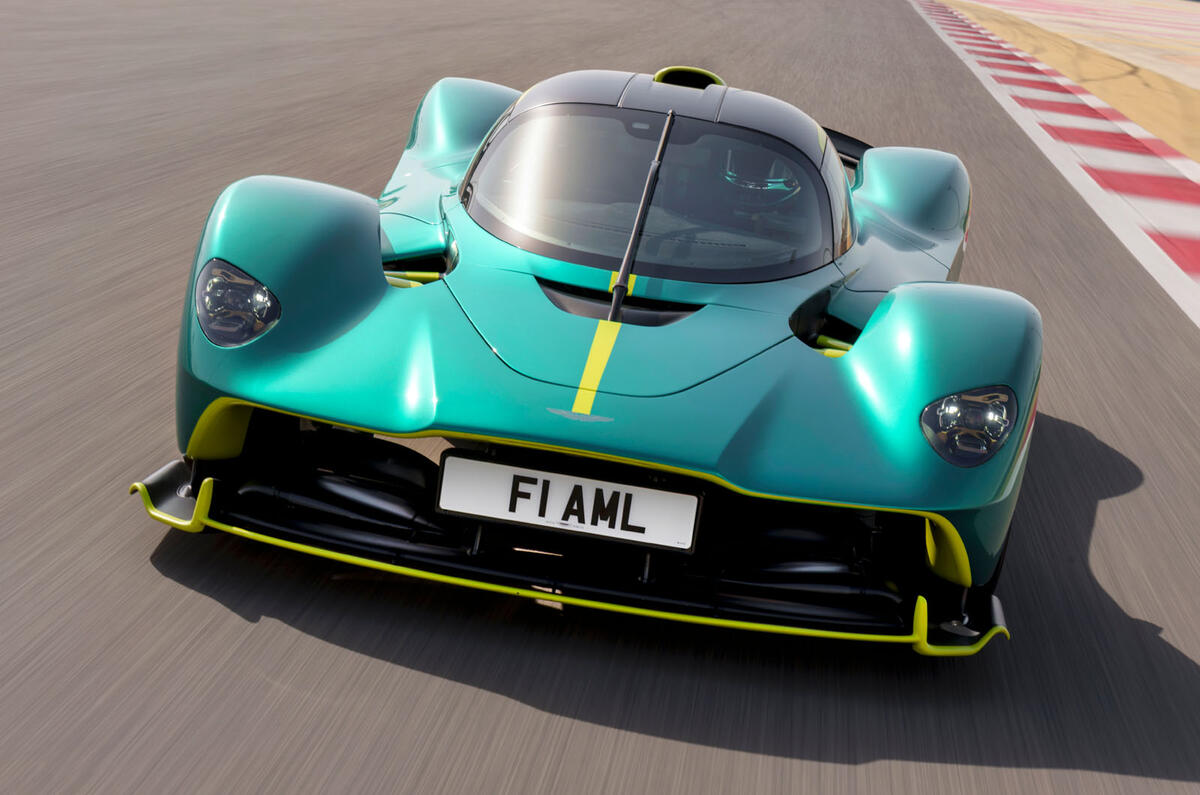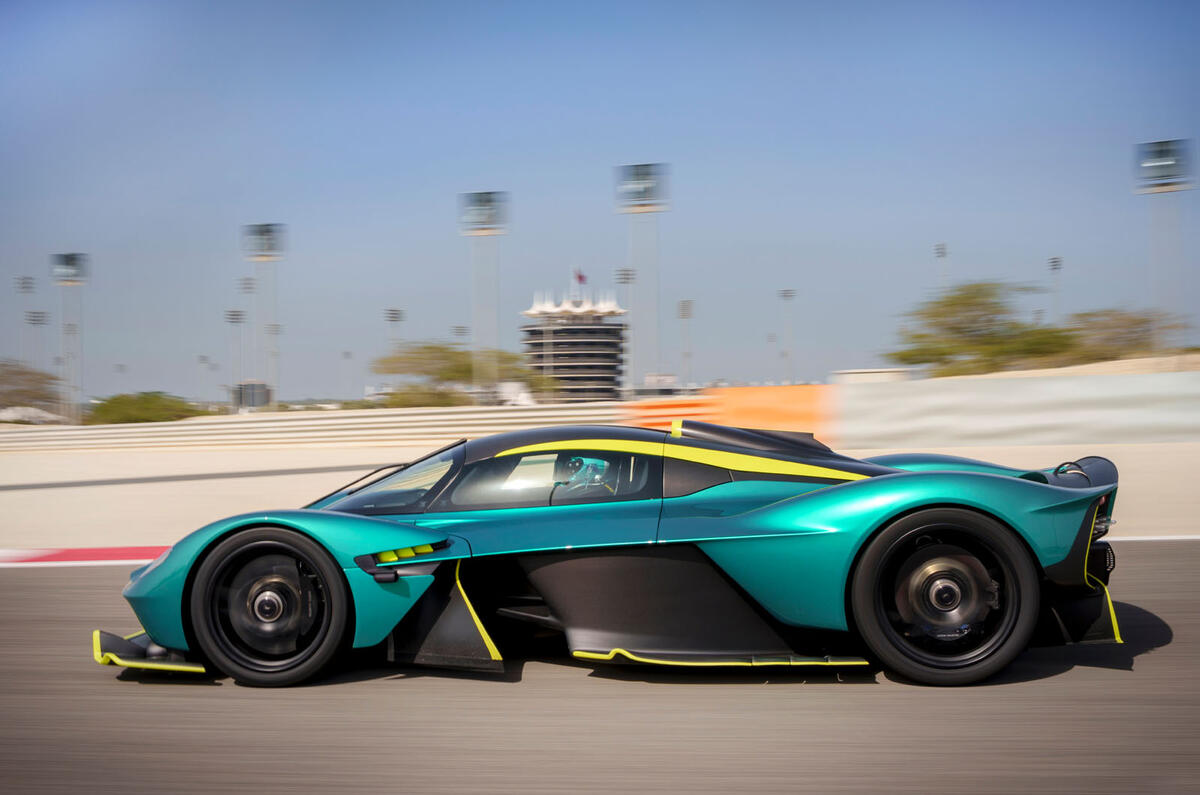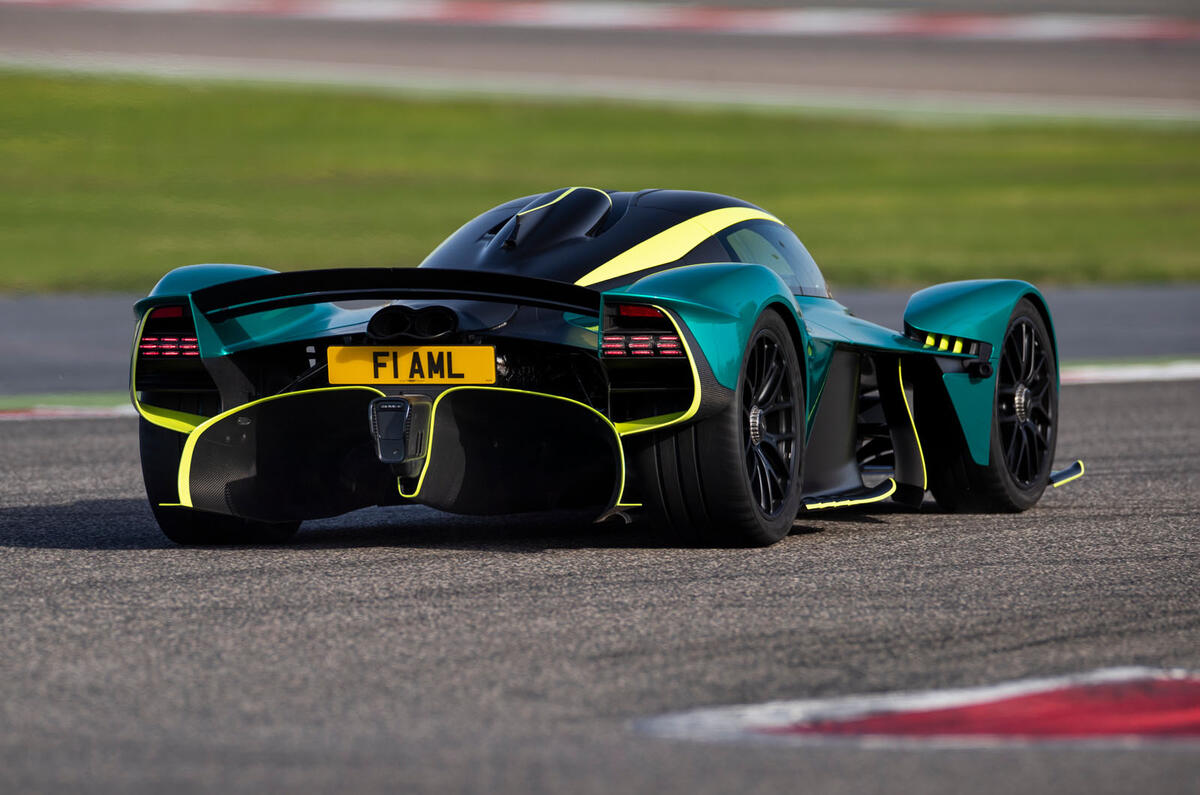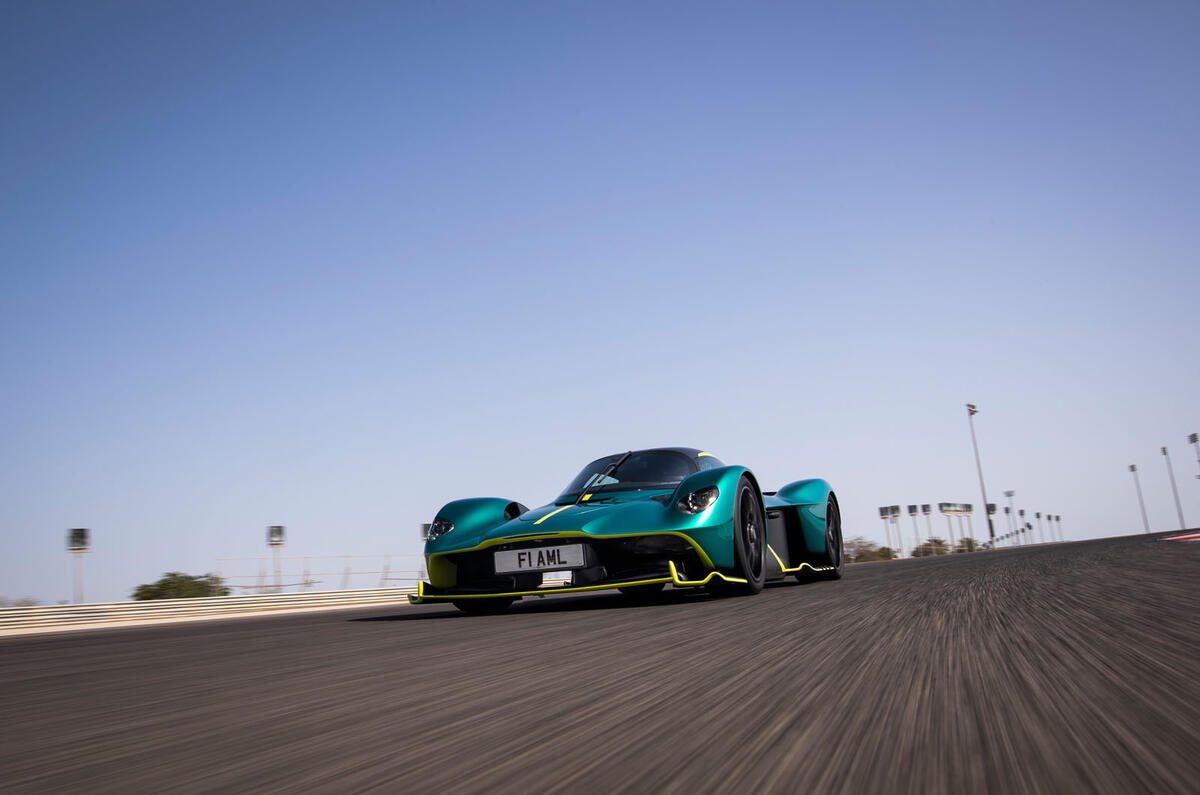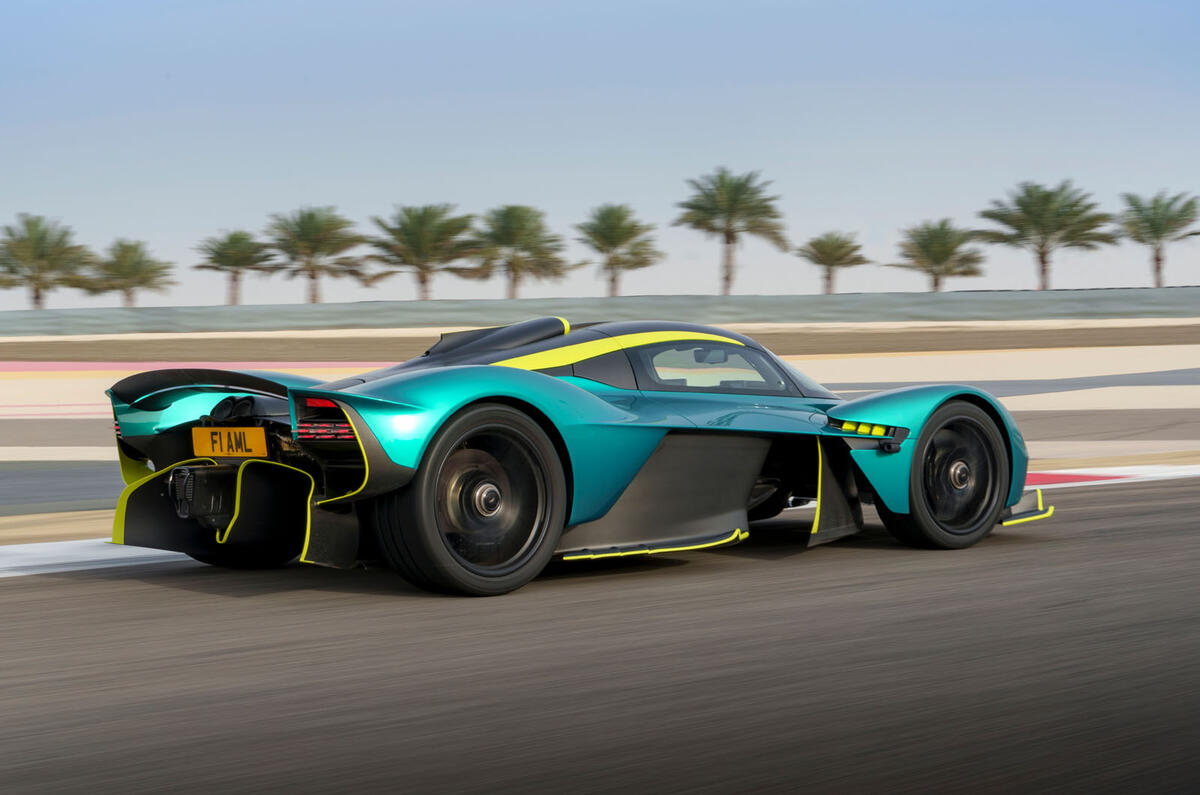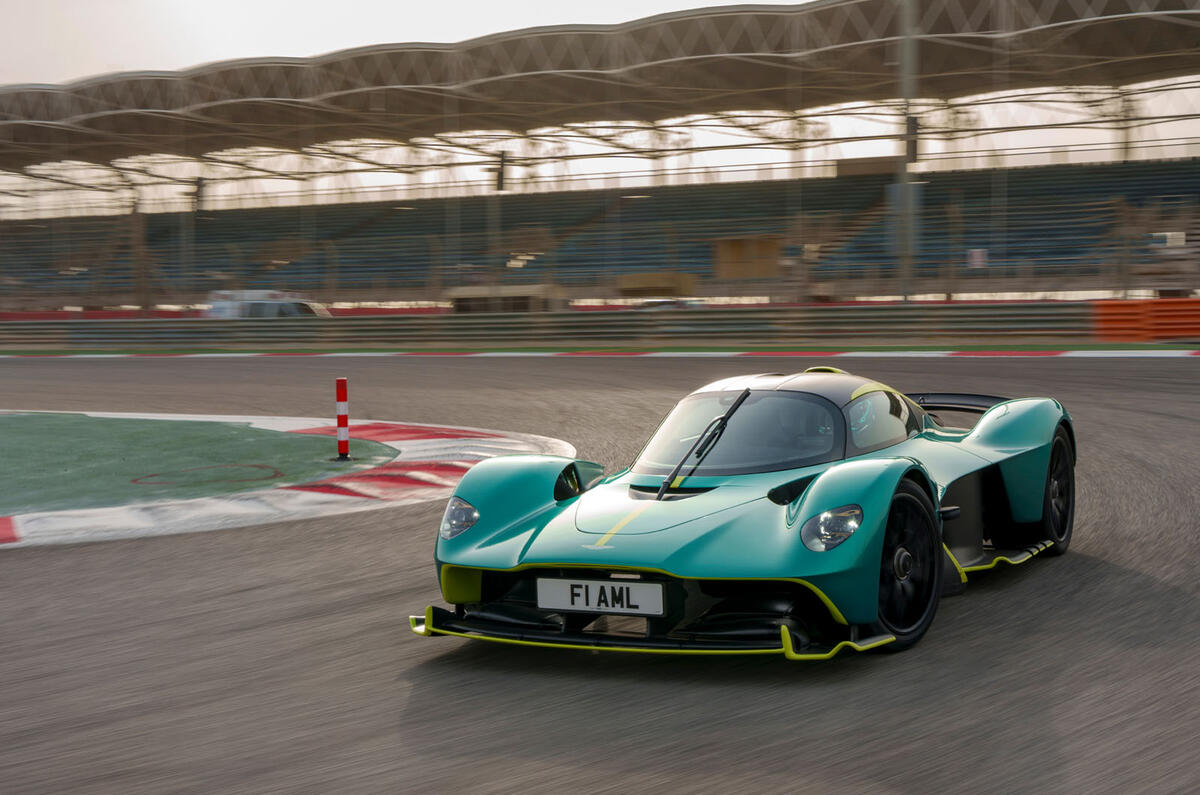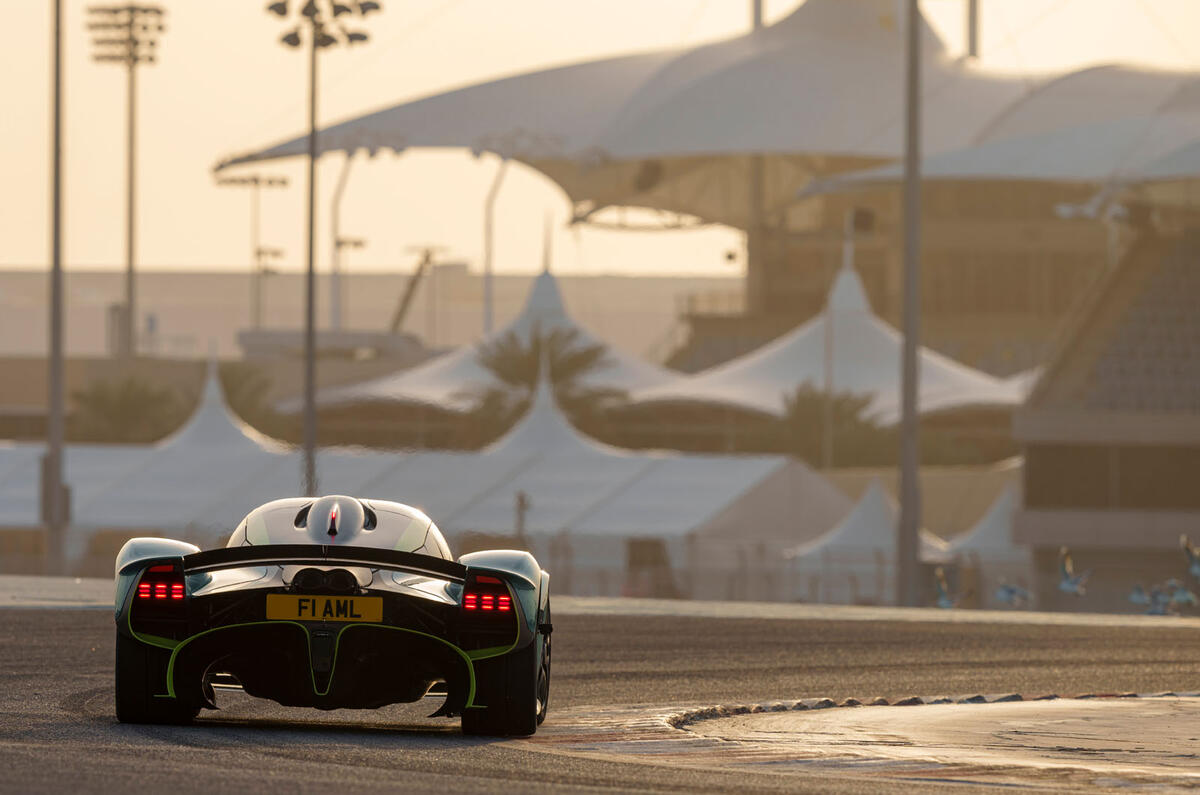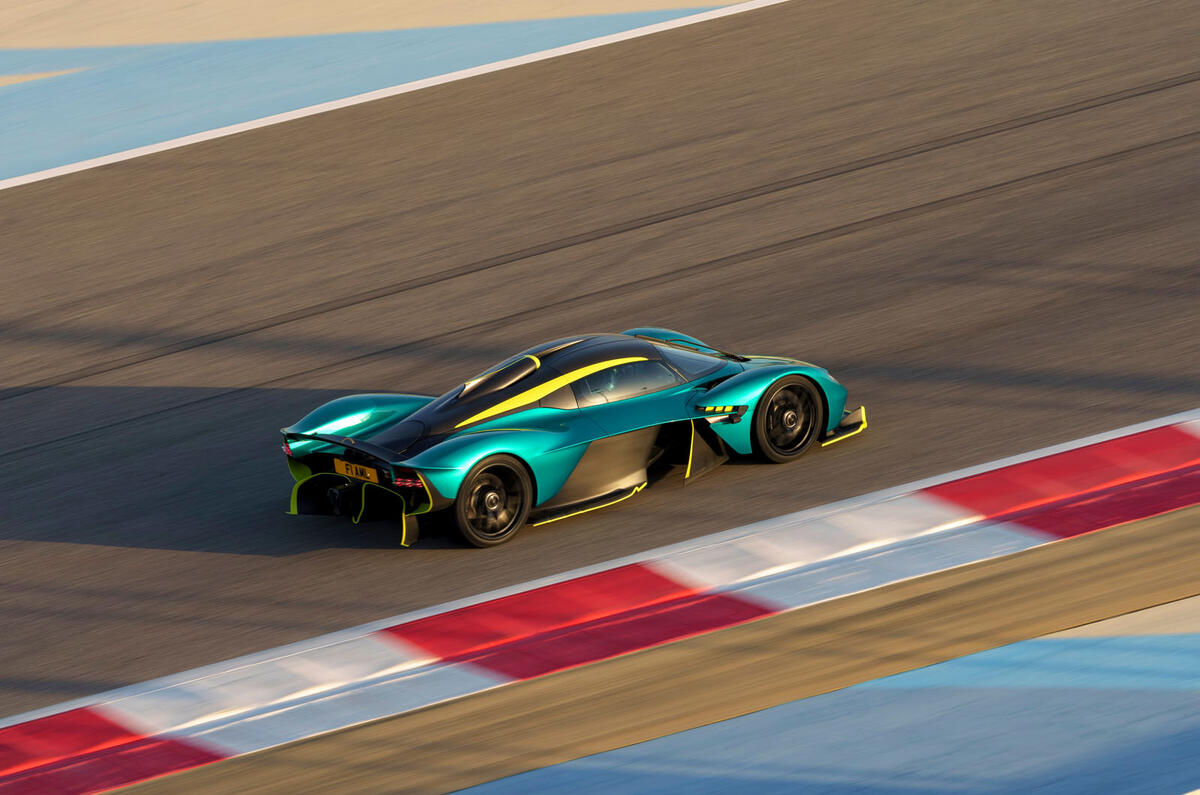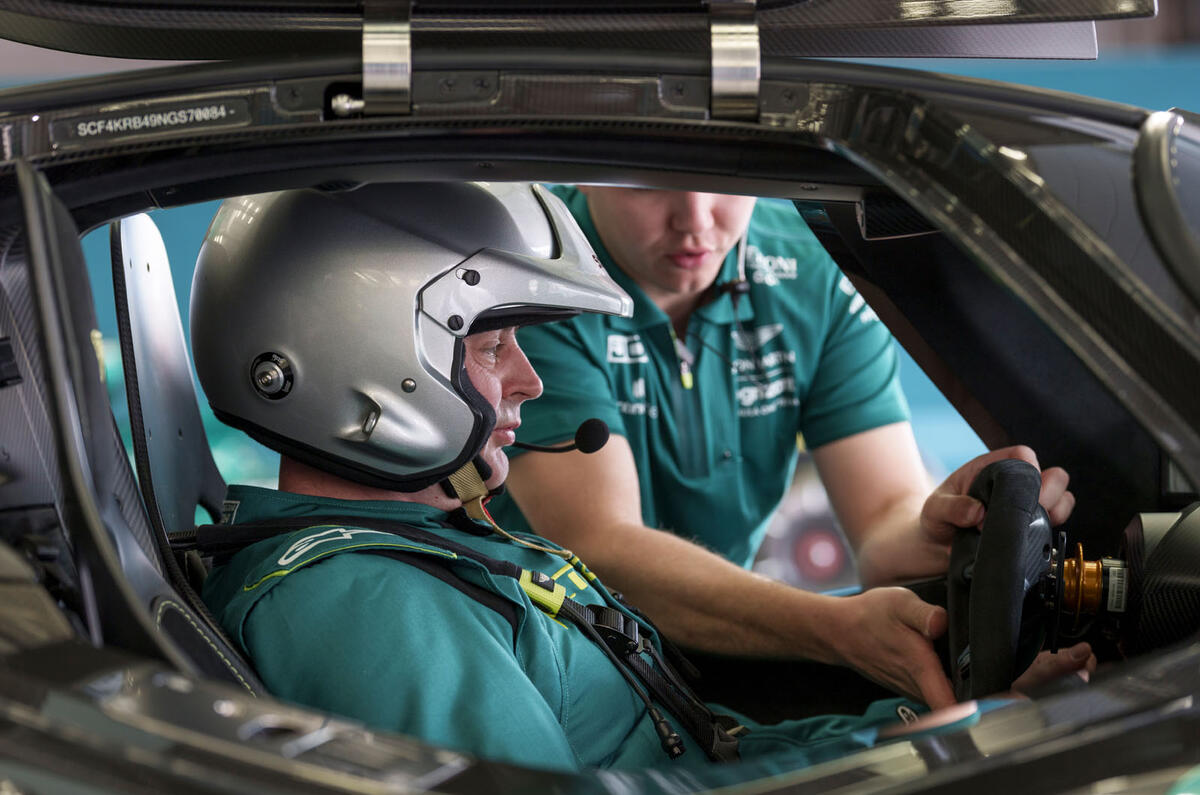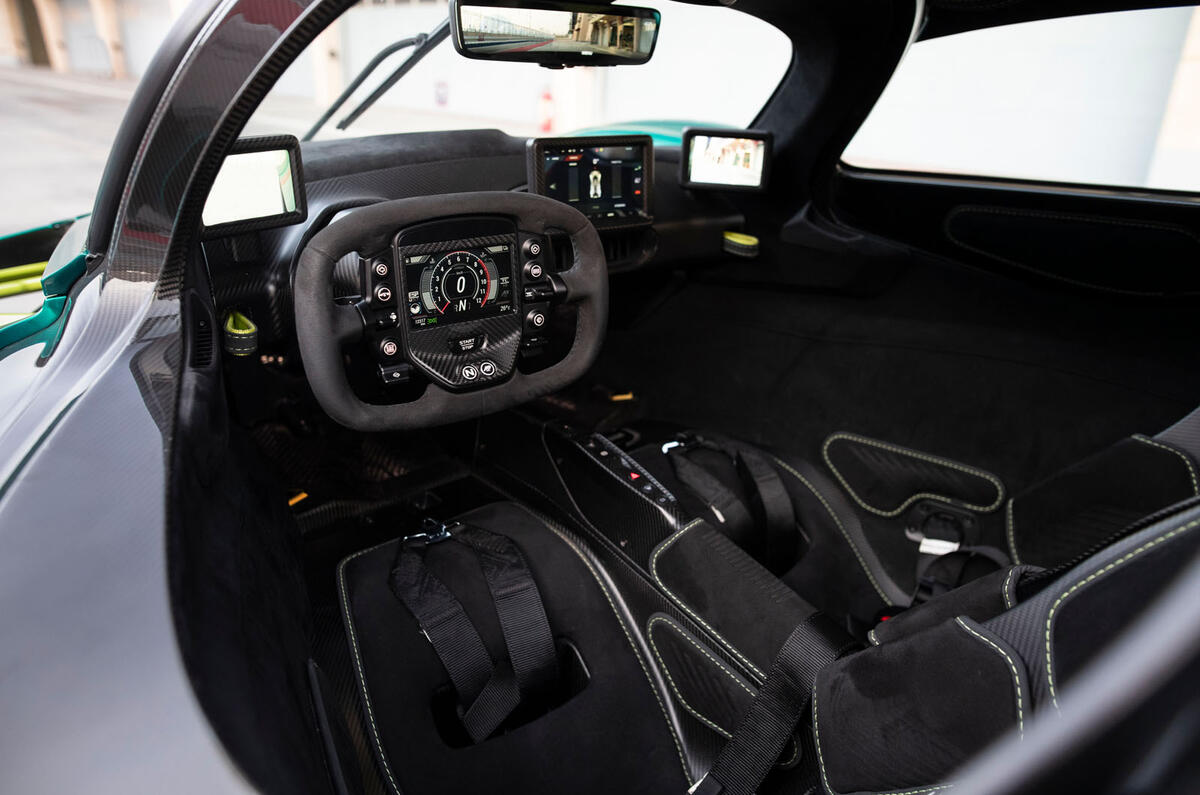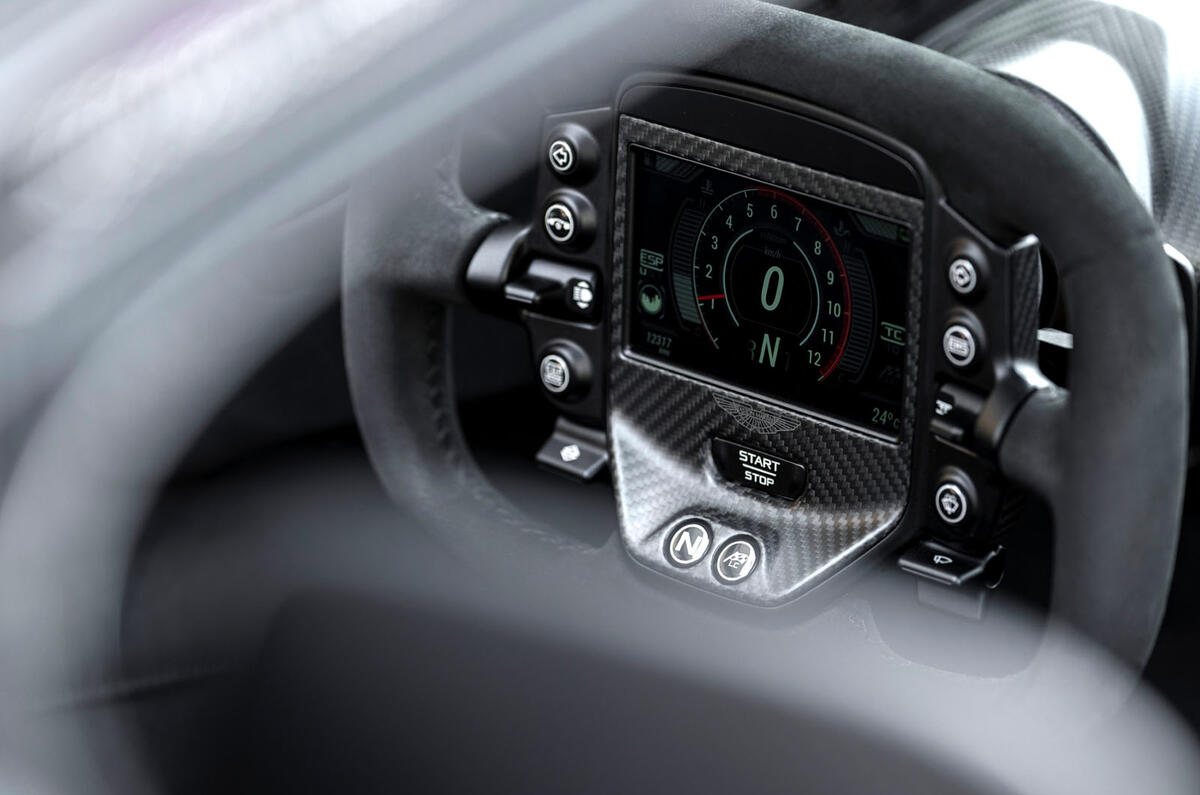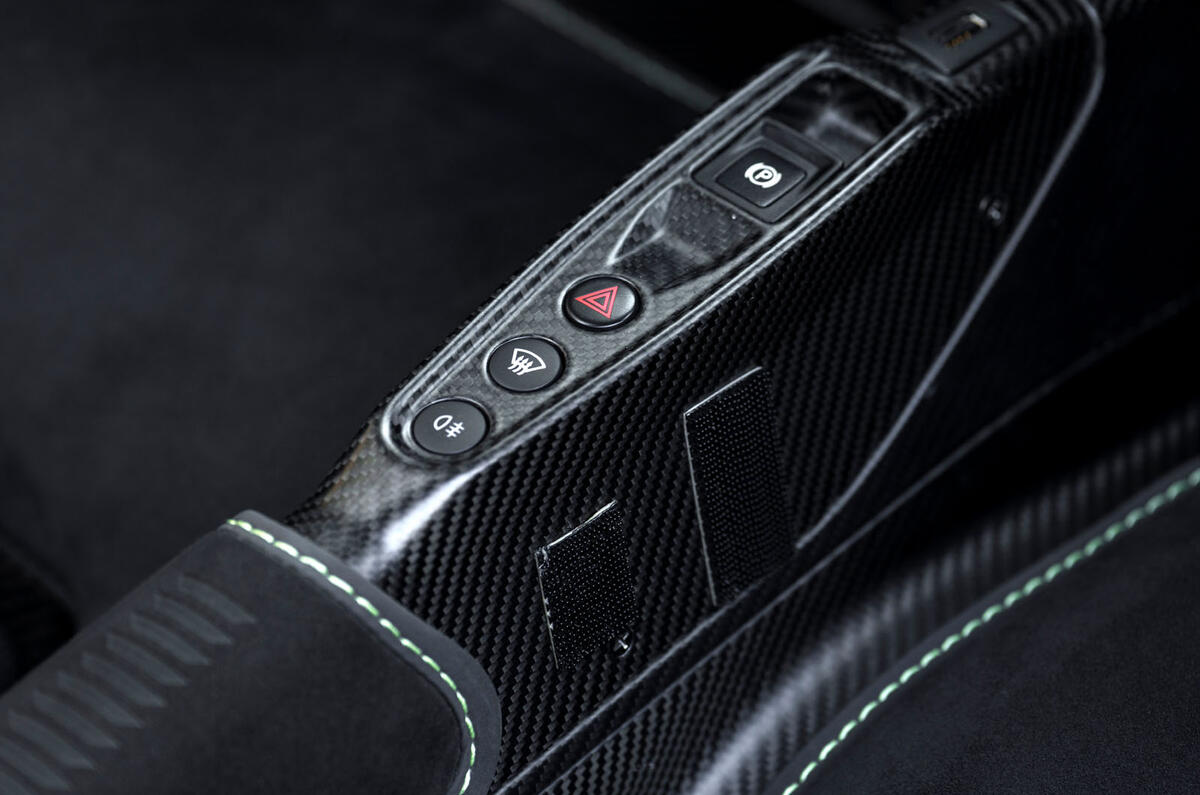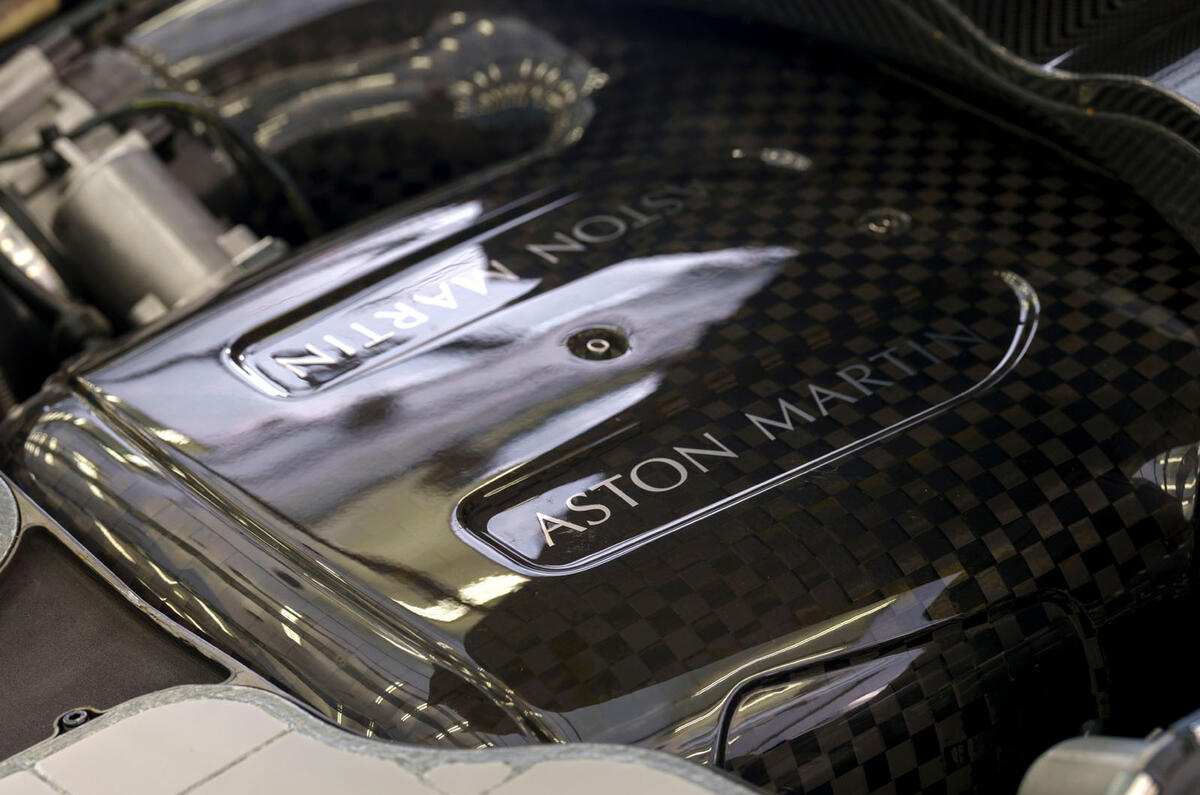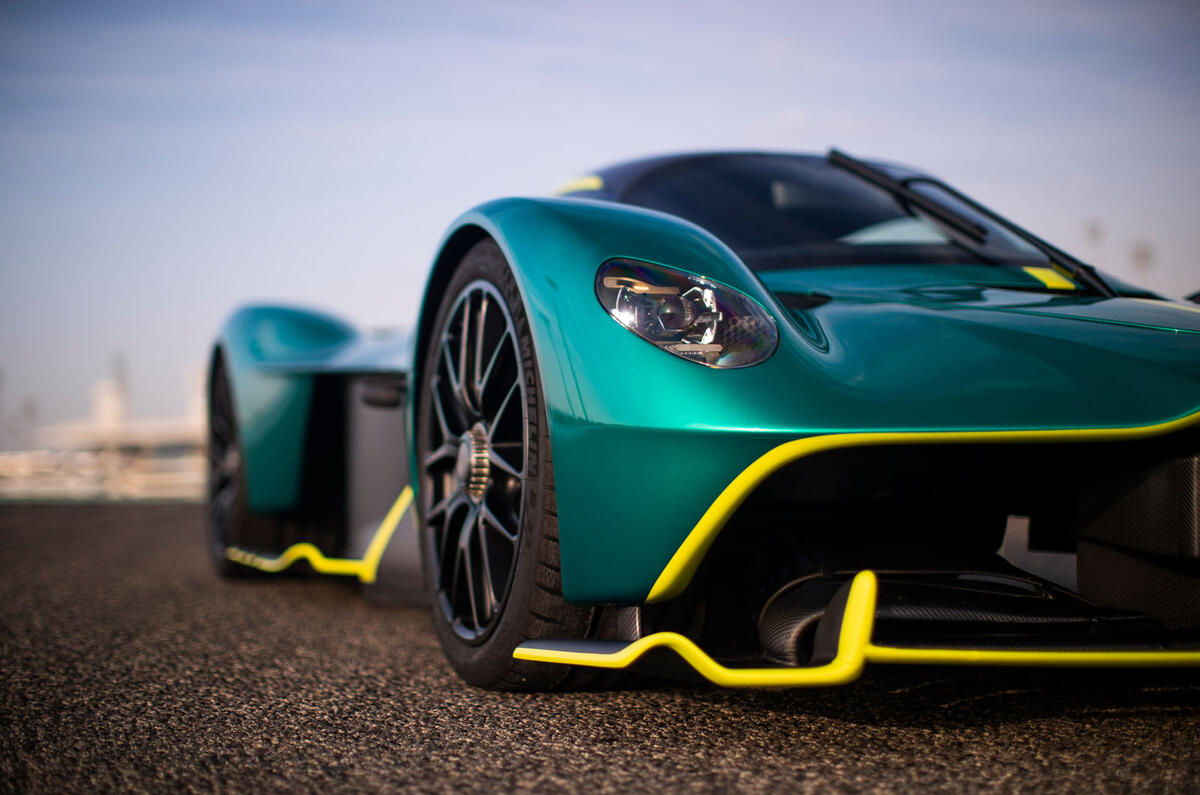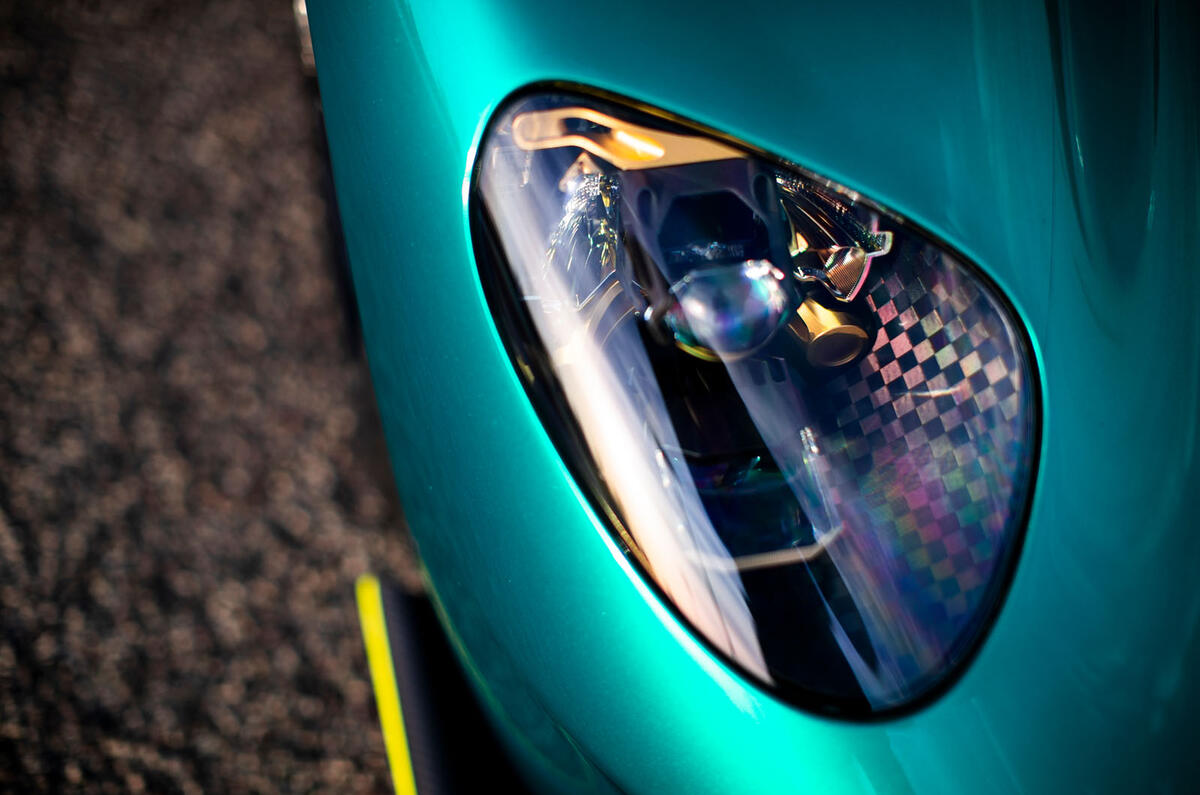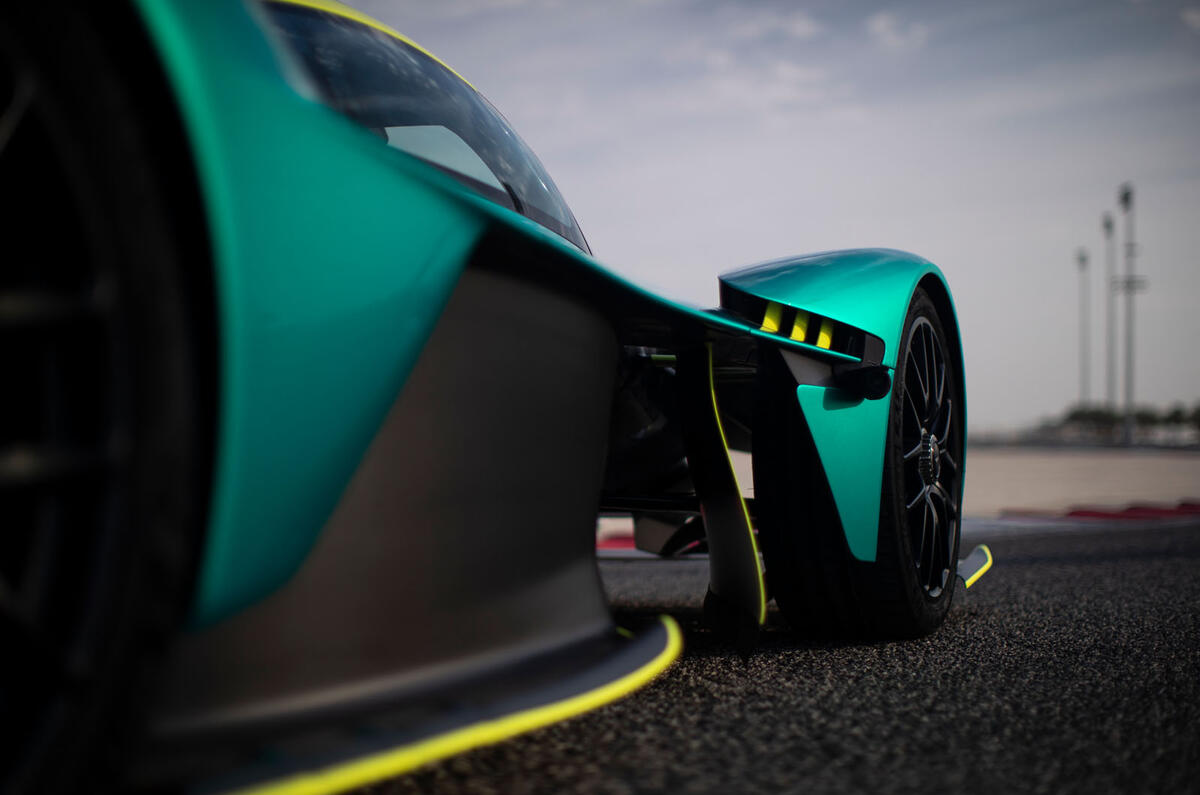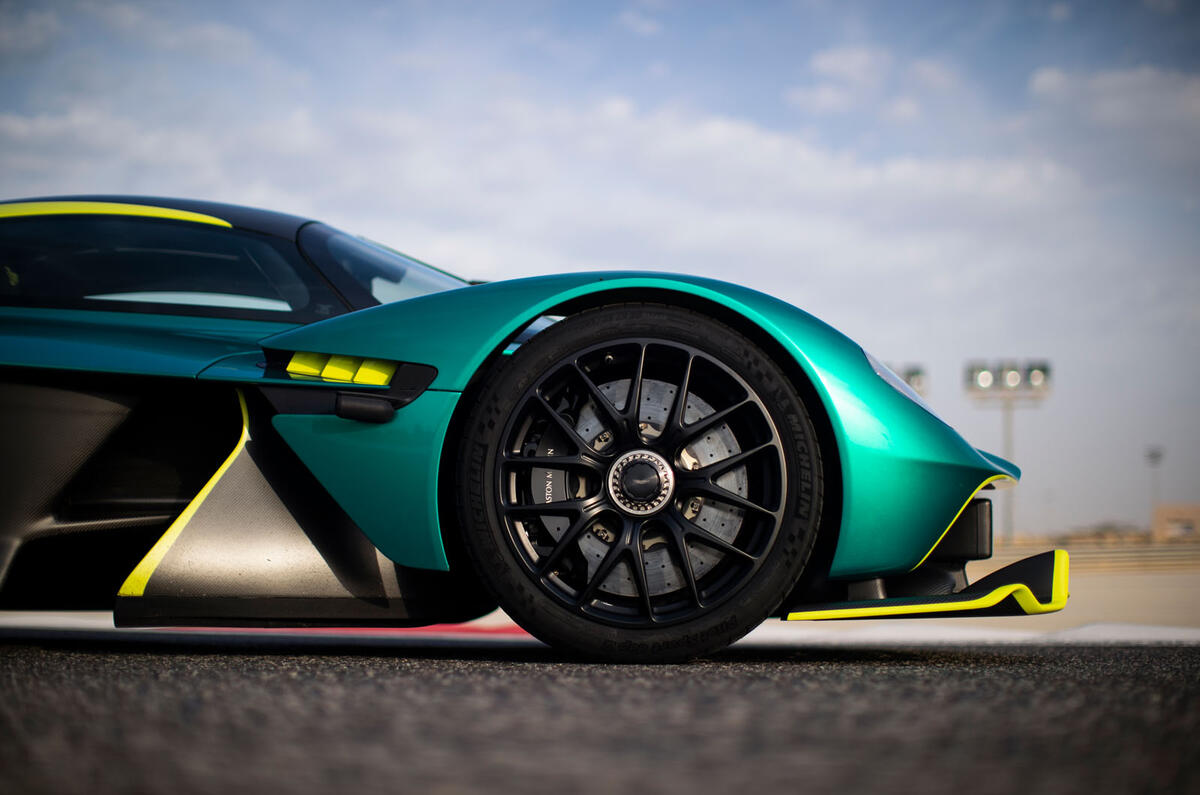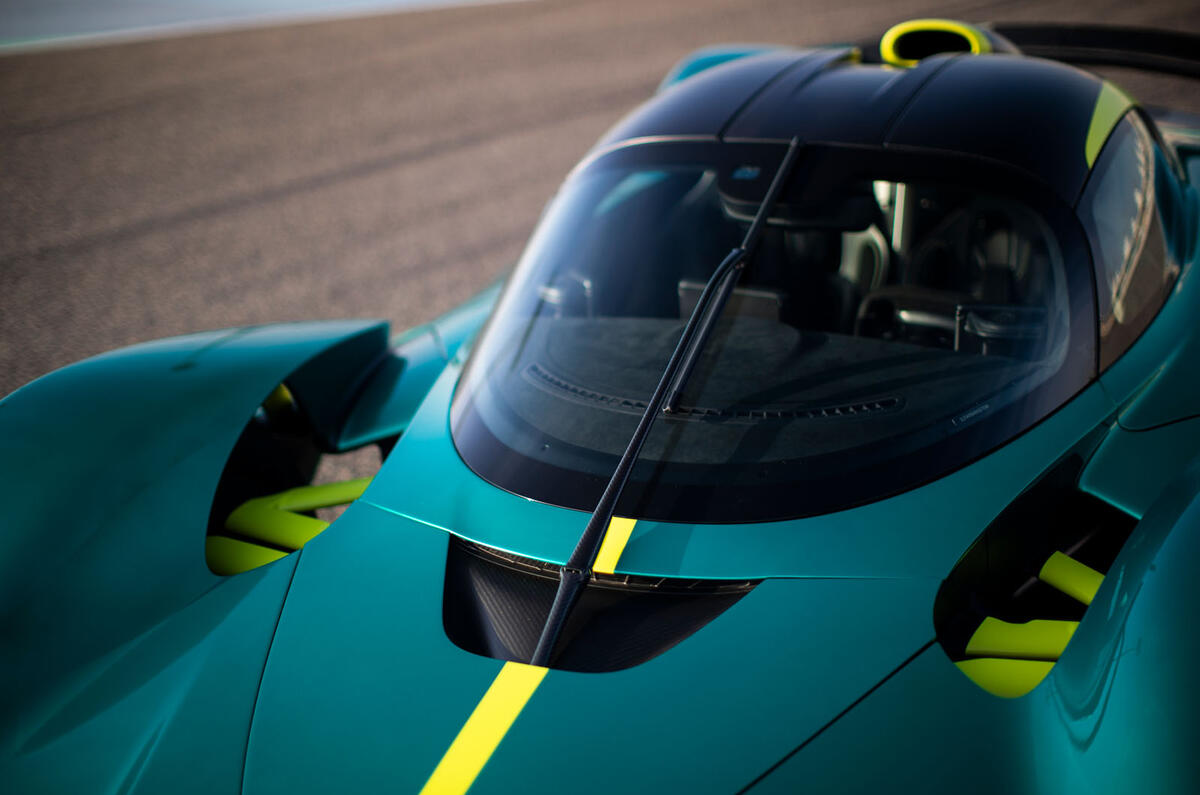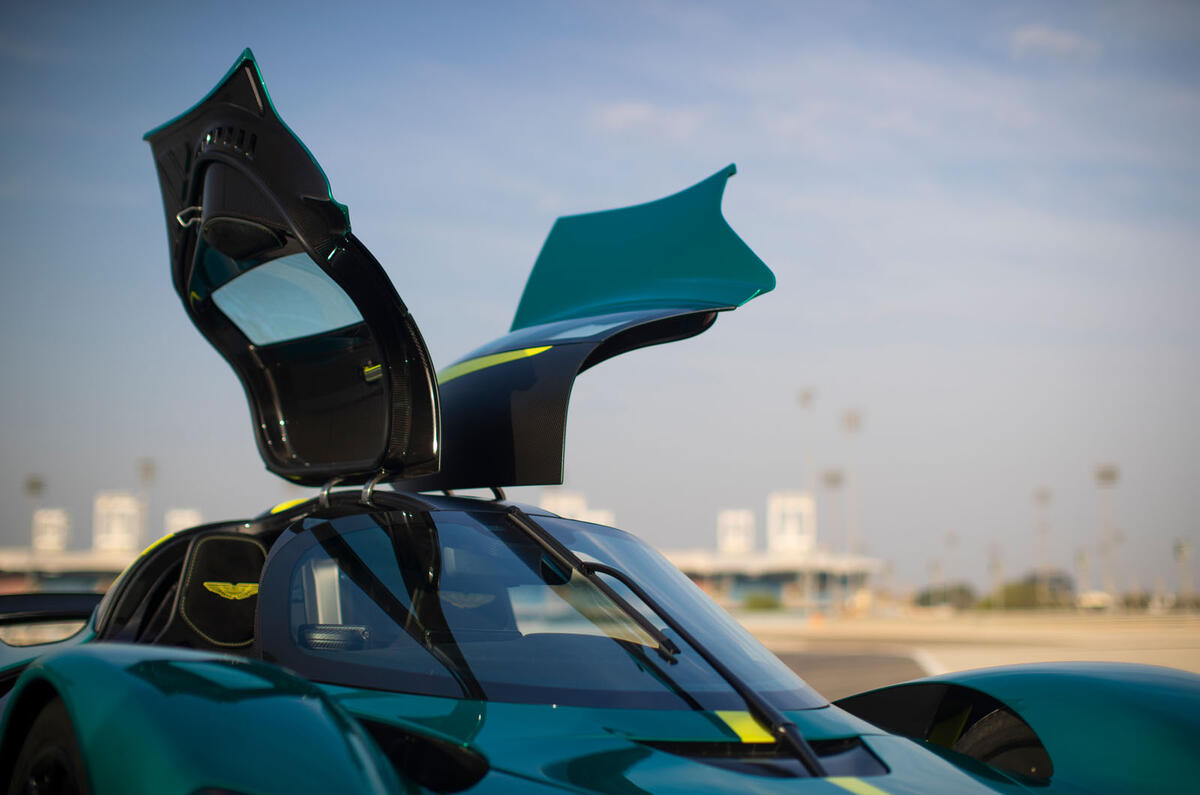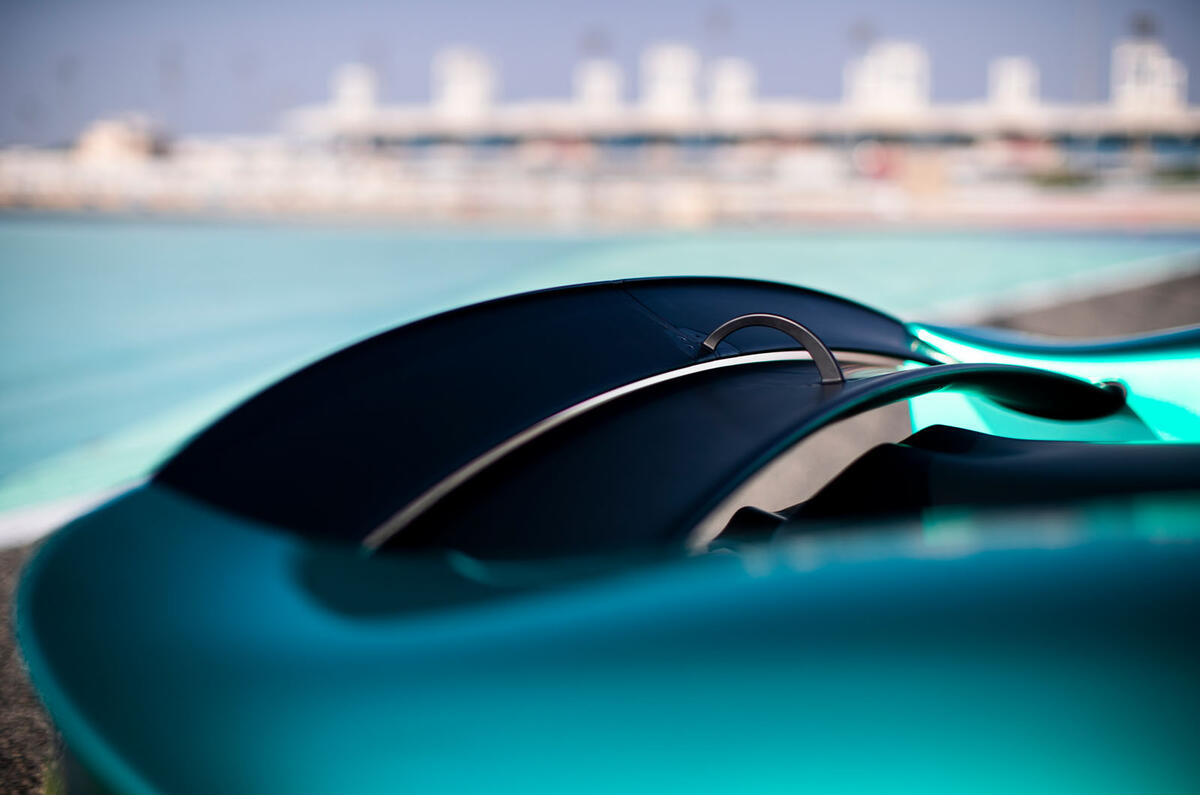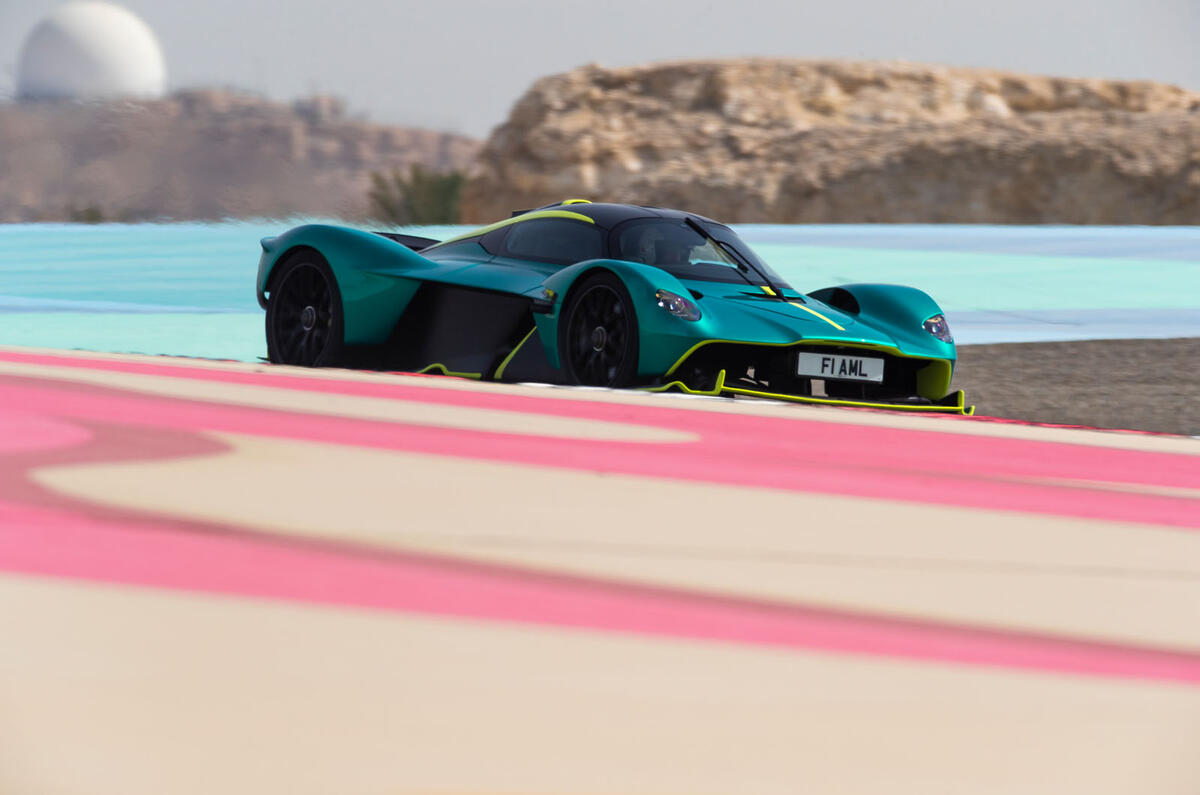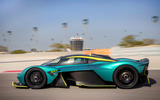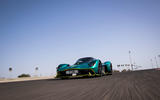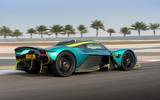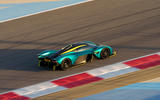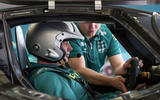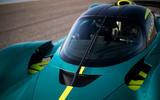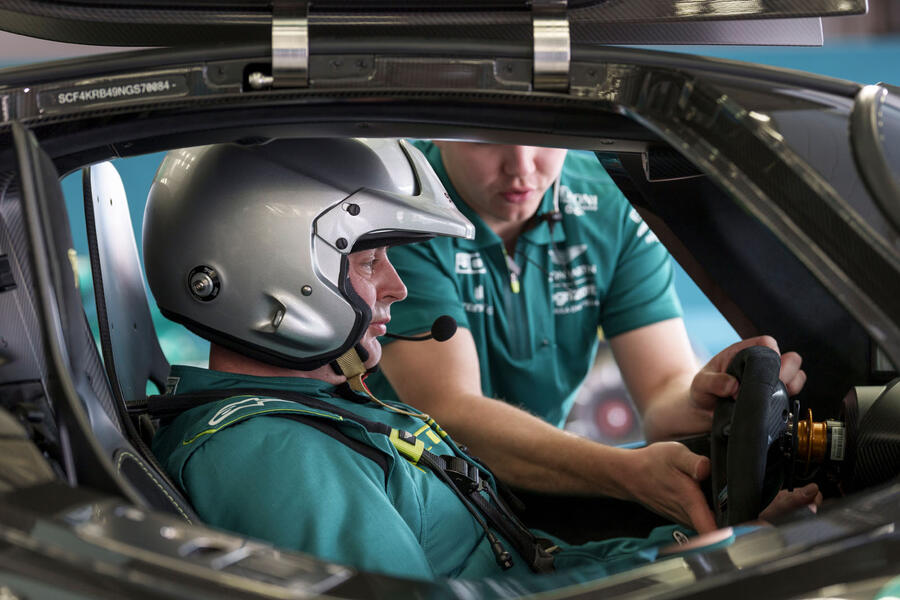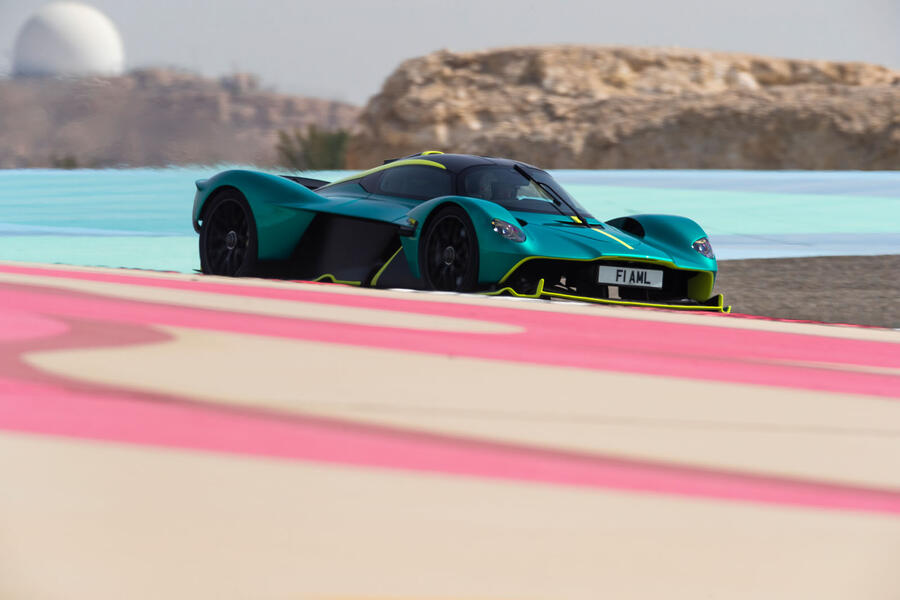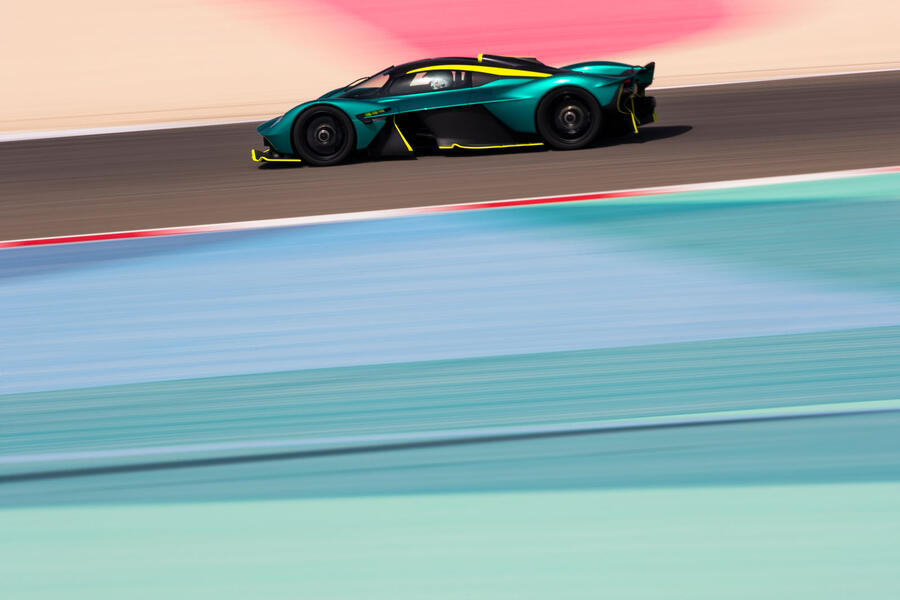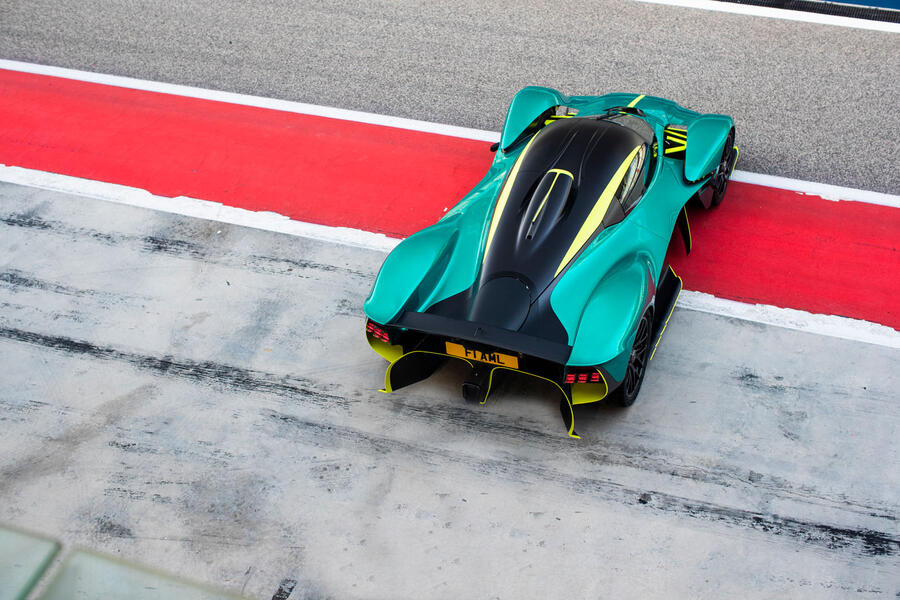Has it been worth the wait? We first told you about the joint plans of Aston Martin and Red Bull Racing to produce a hypercar designed by Formula 1 ace Adrian Newey – the Aston Martin Valkyrie - all the way back in 2015. The journey from there to here has been long and complex, with the Valkyrie project outlasting the tenure of two Aston Martin CEOs. But now, with most of the 150 customer cars delivered, we are finally getting a turn behind the wheel.
And what a turn it is. The Bahrain International Circuit might seem to offer a limited opportunity to sample any car for the first time, but it is one of the few venues capable of allowing the 1140bhp Valkyrie to stretch its legs. The first question is answered long before I leave the pit lane for the first time: yes, this is undoubtedly the most extreme factory-built car to legally wear numberplates. Other cars might be within the frame of reference of its astonishing performance – but none of them is road legal.
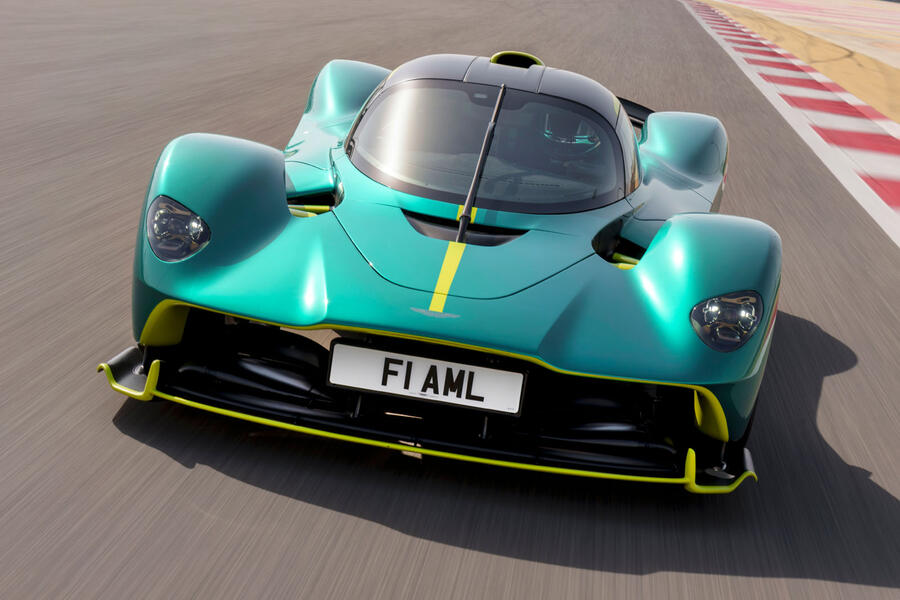
To call the Valkyrie a tour de force sells it short. Pretty much every part of it is a testament to Newey’s refusal to compromise his original vision. Aston chief designer Miles Nurnberger, freshly returned to the sports car maker from his brief stint as Dacia’s styling boss, recalls having to quote millimetres with decimal places in discussions with Newey to prove his team weren’t being slapdash with the Valkyrie’s closely guarded dimensions. In one meeting, he extracted an unprecedented 8mm concession to expand the passenger compartment – something that won a round of applause from the engineering team.


